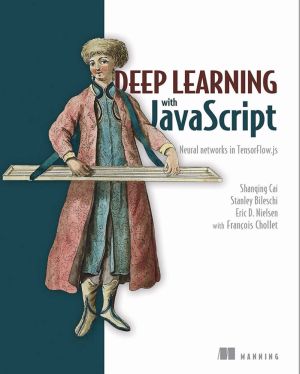Deep Learning with JavaScript
Neural networks in TensorFlow.js
by Shanqing Cai, Stanley Bileschi, Eric D. Nielsen, Francois Chollet
DescriptionTable of ContentsDetailsHashtagsReport an issue
Running deep learning applications in the browser or on Node-based backends opens up exciting possibilities for smart web applications. With the TensorFlow.js library, you build and train deep learning models with JavaScript. Offering uncompromising production-quality scalability, modularity, and responsiveness, TensorFlow.js really shines for its portability. Its models run anywhere JavaScript runs, pushing ML farther up the application stack.
In Deep Learning with JavaScript, you'll learn to use TensorFlow.js to build deep learning models that run directly in the browser. This fast-paced book, written by Google engineers, is practical, engaging, and easy to follow. Through diverse examples featuring text analysis, speech processing, image recognition, and self-learning game AI, you'll master all the basics of deep learning and explore advanced concepts, like retraining existing models for transfer learning and image generation. 





Book Description
Deep learning has transformed the fields of computer vision, image processing, and natural language applications. Thanks to TensorFlow.js, now JavaScript developers can build deep learning apps without relying on Python or R. Deep Learning with JavaScript shows developers how they can bring DL technology to the web. Written by the main authors of the TensorFlow library, this new book provides fascinating use cases and in-depth instruction for deep learning apps in JavaScript in your browser or on Node.Running deep learning applications in the browser or on Node-based backends opens up exciting possibilities for smart web applications. With the TensorFlow.js library, you build and train deep learning models with JavaScript. Offering uncompromising production-quality scalability, modularity, and responsiveness, TensorFlow.js really shines for its portability. Its models run anywhere JavaScript runs, pushing ML farther up the application stack.
In Deep Learning with JavaScript, you'll learn to use TensorFlow.js to build deep learning models that run directly in the browser. This fast-paced book, written by Google engineers, is practical, engaging, and easy to follow. Through diverse examples featuring text analysis, speech processing, image recognition, and self-learning game AI, you'll master all the basics of deep learning and explore advanced concepts, like retraining existing models for transfer learning and image generation.
Free download in PDF format is not available. You can read Deep Learning with JavaScript book online for free.
Table of Contents
Chapter 1
Deep learning and JavaScript
Chapter 2
Getting started: Simple linear regression in TensorFlow.js
Chapter 3
Adding nonlinearity: Beyond weighted sums
Chapter 4
Recognizing images and sounds using convnets
Chapter 5
Transfer learning: Reusing pretrained neural networks
Chapter 6
Working with data
Chapter 7
Visualizing data and models
Chapter 8
Underfitting, overfitting, and the universal workflow of machine learning
Chapter 9
Deep learning for sequences and text
Chapter 10
Generative deep learning
Chapter 11
Basics of deep reinforcement learning
Chapter 12
Testing, optimizing, and deploying models
Chapter 13
Summary, conclusions, and beyond
Appendix A
Installing tfjs-node-gpu and its dependencies
Appendix B
A quick tutorial of tensors and operations in TensorFlow.js
Book Details
Title
Deep Learning with JavaScript
Subject
Computer Science
Publisher
Manning
Published
2020
Pages
560
Edition
1
Language
English
ISBN13 Digital
9781617296178
ISBN10 Digital
1617296171
License
All rights reserved
Related Books
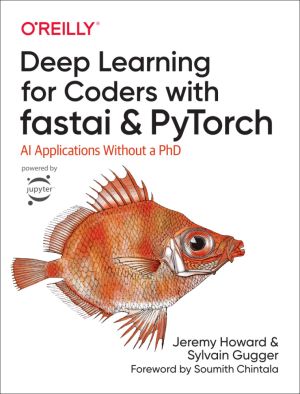
Deep learning is often viewed as the exclusive domain of math PhDs and big tech companies. But as this hands-on guide demonstrates, programmers comfortable with Python can achieve impressive results in deep learning with little math background, small amounts of data, and minimal code. How? With fastai, the first library to provide a consistent inte...
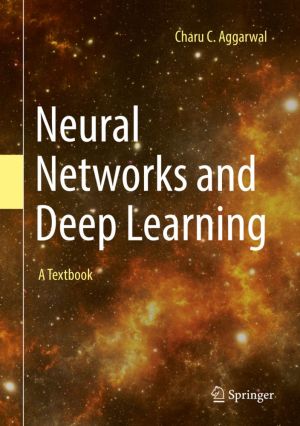
This book covers both classical and modern models in deep learning. The chapters of this book span three categories:
The basics of neural networks: Many traditional machine learning models can be understood as special cases of neural networks. An emphasis is placed in the first two chapters on understanding the relationship between traditional mac...
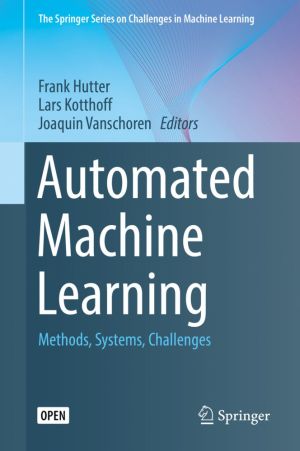
This book presents the first comprehensive overview of general methods in Automated Machine Learning (AutoML), collects descriptions of existing systems based on these methods, and discusses the first series of international challenges of AutoML systems. The recent success of commercial ML applications and the rapid growth of the field has created ...
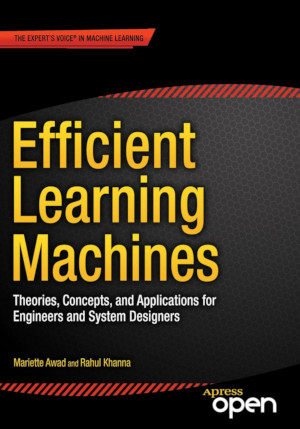
Machine learning techniques provide cost-effective alternatives to traditional methods for extracting underlying relationships between information and data and for predicting future events by processing existing information to train models. Efficient Learning Machines explores the major topics of machine learning, including knowledge discovery, cla...
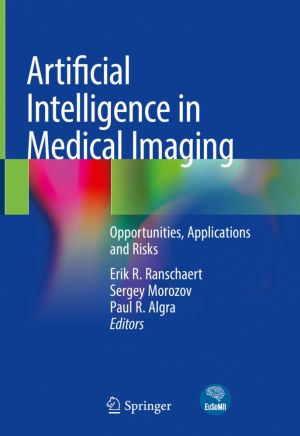
This book provides a thorough overview of the ongoing evolution in the application of artificial intelligence (AI) within healthcare and radiology, enabling readers to gain a deeper insight into the technological background of AI and the impacts of new and emerging technologies on medical imaging. After an introduction on game changers in radiology...
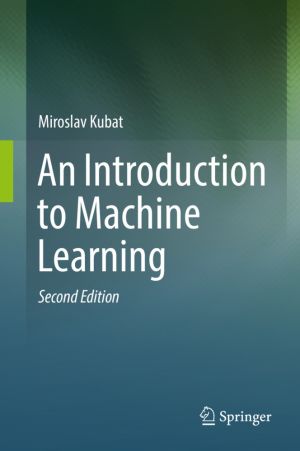
This textbook presents fundamental machine learning concepts in an easy to understand manner by providing practical advice, using straightforward examples, and offering engaging discussions of relevant applications. The main topics include Bayesian classifiers, nearest-neighbor classifiers, linear and polynomial classifiers, decision trees, neural ...

